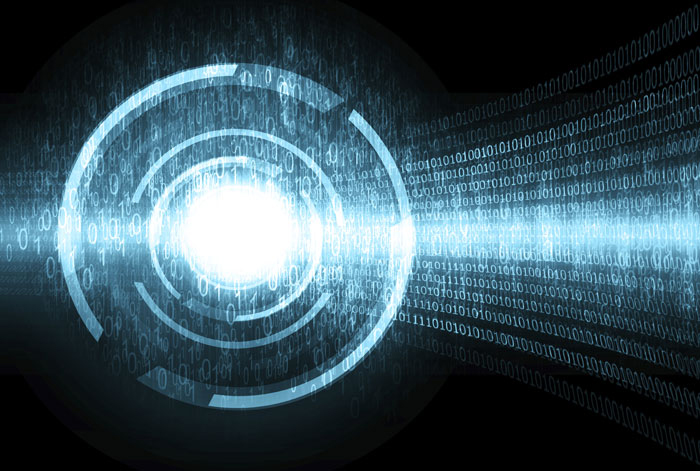Transferring quantum data is extremely difficult to achieve, especially where there is a lot of background noise going on. However, Scientists over at the University of Innsbruck and TU Wien (Vienna) have been busy trying to solve this problem, and they think they’ve found a solution.
The two research teams at the above establishments have now developed a new protocol that enables the quantum communication to happen reliably even under noisy conditions. To do this, they had to use what’s called a quantum oscillator at both ends of the quantum channel which made the protocol immune to noise.Peter Rabl from the Atominstitut, TU Wien explained, “Our goal was to find a way to reliably transfer a quantum state from one place to the other without having to do it several times to make it work.” The success that the two teams have had just goes to show these obstacles can and will be overcome.
Superconducting qubits are a promising aspect when it comes to quantum technology as these tiny circuits are able to assume two completely different states at the same time (quantum superposition). In order to transfer the quantum state of one superconducting qubit to another is done through the use of microwave photons. But, the problem has always been considered impossible due to the constant thermal noise emitted. However, with both research groups collaborating with others from Harvard and Yale, a transfer protocol has now been developed that’s immune to the noise.
“Our approach is to add another quantum system – a microwave oscillator — as a mediator at both ends of the protocol to couple the qubits instead of coupling them directly to the microwave channel or waveguide. According to our calculations, we may connect qubits over several hundred meters with this protocol. We would still have to cool the channels, but in the long term it will be technologically feasible to link buildings or even cities in a quantum physical manner via microwave channels,” explained Rabl.
More News to Read











